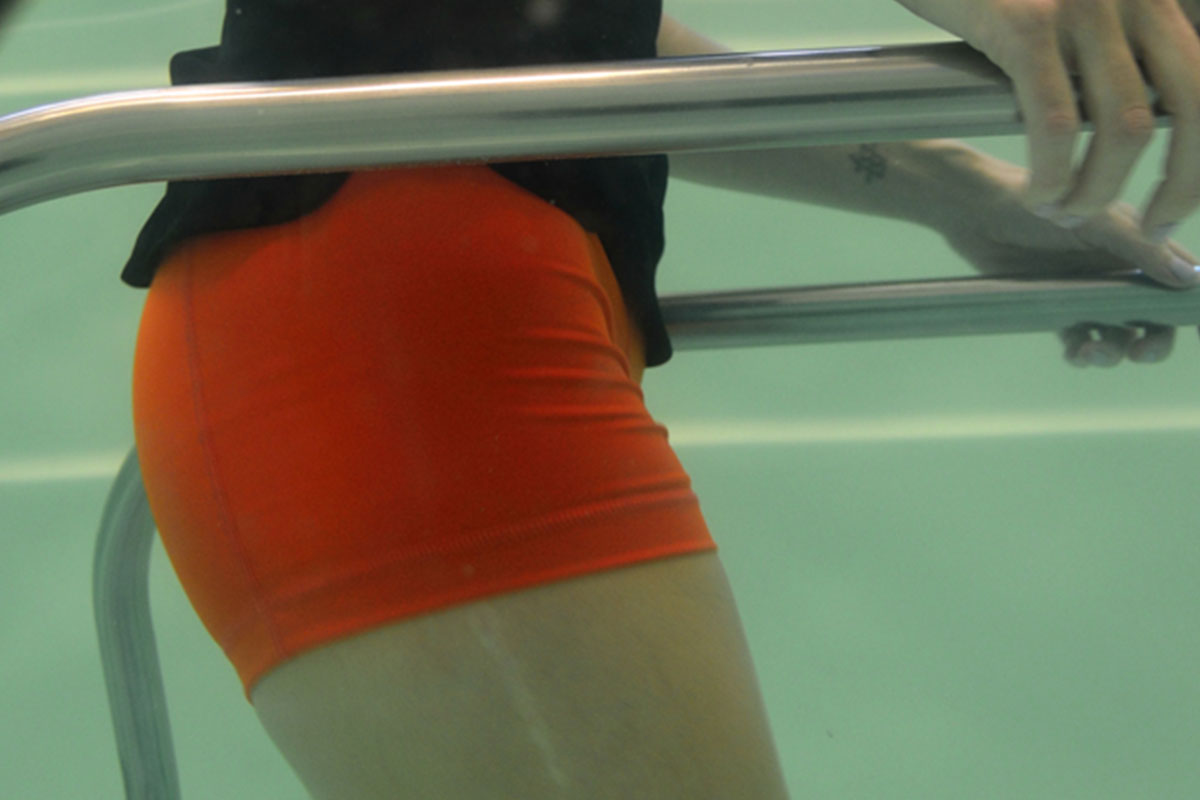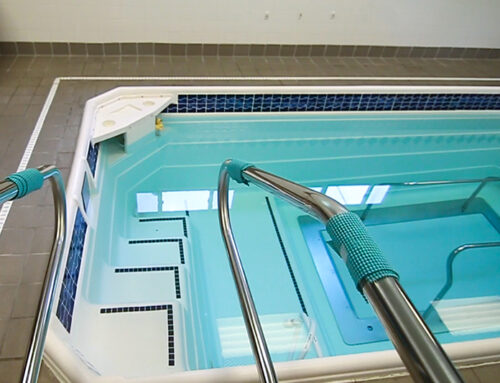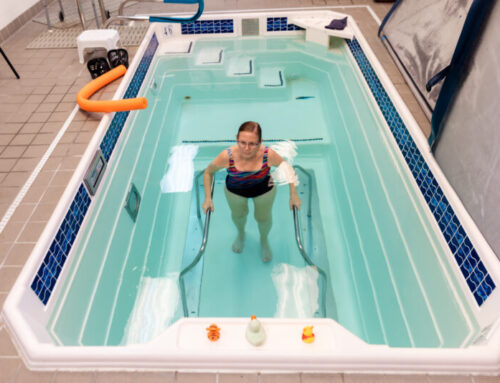Physical therapy is a critical component of recovery and rehabilitation for many people dealing with injuries, illnesses, or chronic conditions. Traditional land-based exercises and interventions are often the go-to options for physical therapists, but there is another effective method that is gaining popularity: aquatic therapy.
Aquatic therapy, also known as aquatic rehabilitation or hydrotherapy, is a form of physical therapy that takes place in a pool or other aquatic environment. It involves the use of water as a medium for therapeutic exercise and rehabilitation, providing a low-impact and highly effective method of treatment.
Here are some of the key benefits of aquatic therapy that make it such a powerful tool in physical therapy:
- Reduced Impact on Joints – One of the primary benefits of aquatic therapy is that it reduces the impact on joints. The buoyancy of water decreases the weight bearing on joints, making it an ideal environment for those with joint pain, arthritis, or other conditions that make weight-bearing exercise challenging. This makes it possible for patients to perform exercises that they may not be able to do on land, increasing their range of motion and allowing them to work on strengthening and conditioning.
- Increased Range of Motion – Aquatic therapy can help increase range of motion by reducing muscle tension and promoting flexibility. The resistance provided by water makes movements more challenging, which can lead to improved strength and endurance. Additionally, the warmth of the water can help relax muscles, making it easier to move through a greater range of motion.
- Improved Balance and Coordination – The properties of water make it an excellent environment for balance and coordination training. Water provides a degree of resistance that can challenge balance and proprioception, helping patients improve their stability and coordination. Additionally, the buoyancy of water can make balance exercises easier, allowing patients to focus on their movements without fear of falling.
- Decreased Pain – Aquatic therapy can help decrease pain and discomfort by providing a low-impact environment that minimizes stress on joints and muscles. The warmth of the water can also help reduce pain and stiffness, making it easier for patients to move and perform exercises.
- Enhanced Cardiovascular Function – Aquatic therapy can be an effective form of cardiovascular exercise, particularly for those with limited mobility or who are unable to perform traditional land-based cardio exercises. The resistance of the water provides a cardiovascular challenge, while the buoyancy reduces the impact on joints and muscles.
- Improved Mental Health – Aquatic therapy can have a positive impact on mental health as well. The relaxation and sensory benefits of being in water can help reduce stress and anxiety, promoting feelings of calm and well-being.
Aquatic therapy is a powerful tool in physical therapy that can help patients improve range of motion, balance and coordination, cardiovascular function, and mental health. Its low-impact nature and the unique properties of water make it an excellent option for those with joint pain, arthritis, or other conditions that make weight-bearing exercise challenging. As a physical therapist, incorporating aquatic therapy into your treatment plans can help your patients achieve their goals and improve their quality of life.




